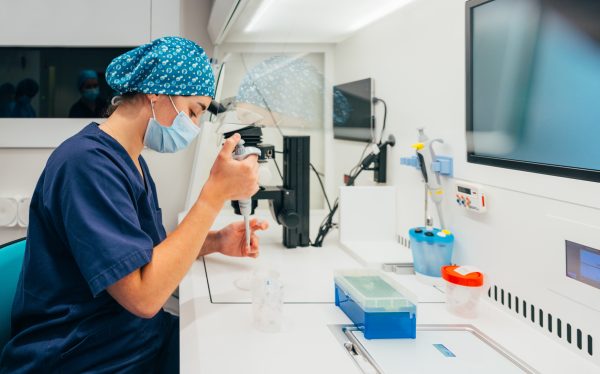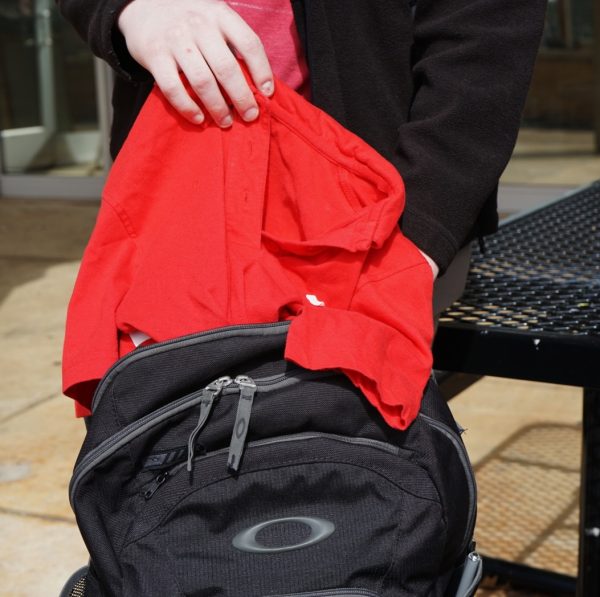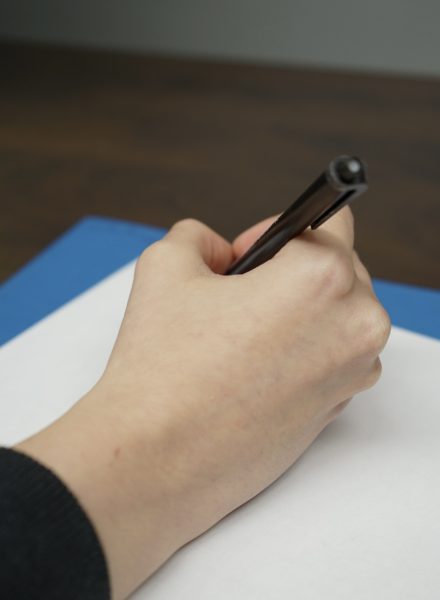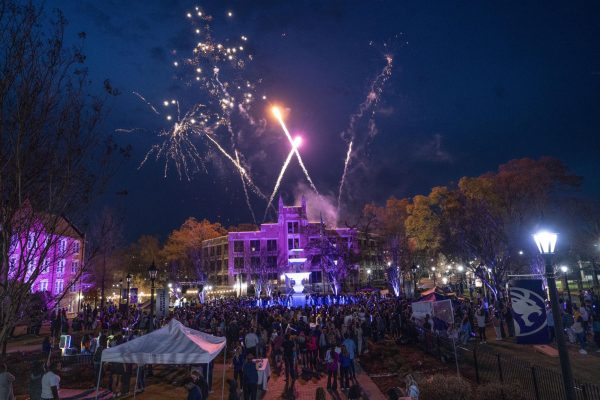Administration looks for ways to cut science building costs
December 13, 2011
During the quarterly meeting of the UNA board of trustees Monday, discussion was brought forth about the status of the new science building to be built on campus in the coming years.
The amount of money needed to build the science building was discussed at the last board meeting in September, and the board requested further information on the financial and design aspects of the building.
The project, which was previously over budget, is starting to come together, according to UNA administrators.
“It appears we can bring the $41 million estimate down to somewhere in the high thirties,” said UNA President Bill Cale.
The current money the university is using to fund the project is coming from bonds, the state of Alabama and the federal government. According to Cale, the university could look to raise money in other ways.
“We have not really explored all of our funding opportunities,” Cale said. “We could probably raise a considerable amount of funding.”
The most current building design is estimated to cost approximately $41 million, according to Donald Lambert, an architect with Lambert, Ezell and Durham. The architecture firm is currently working on the building’s design.
Another cost estimate will be done in January to see where the project is then, according to Cale.
The university is expected to save somewhere between $2 and $2.5 million in tax savings, Cale and Lambert said. On top of savings on taxes, architects and university officials have limited overall finishes to the building in order to cut costs.
“We’ve tried to limit high-end finishes on the building to the main entrance and main-entrance lobby,” Lambert told the board. “The rest is just standard materials.”
The building will use cheaper materials than previously budgeted for, and use alternative materials to materials used in other on-campus buildings like limestone and slate.
To save on HVAC units and other expenses, the architects have cut the atrium and open space in the building to just two stories. Additionally, in order for the building to maintain its integrity and reduce vibrations, the firm went with a concrete frame instead of a more expensive steel frame.
In an older design, there was 179,885 square feet in the proposed science building. Currently, there is 163,824 square feet. This, according to Lambert, cut costs considerably.
“Five years ago, each course that had a lab associated with the course wanted their individual lab in the building,” Cale said. “Now the labs have been reduced and consolidated to allow some courses to share (lab space).”











